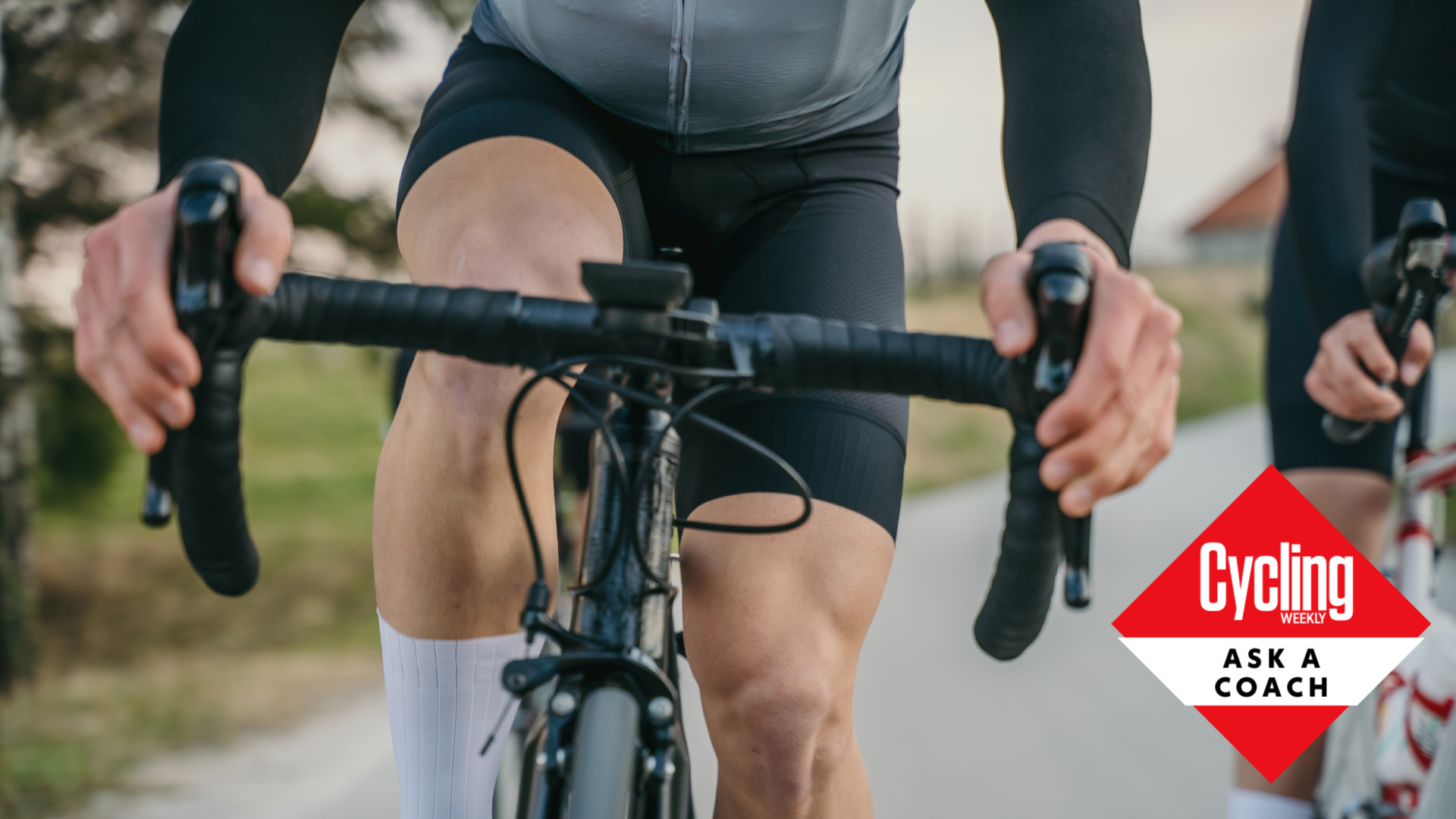Ask a coach: 'Why do cyclists have bigger legs than runners?'
Both endurance sports rely on the legs as the main driver of movement, but there are some crucial differences between them...


On the face of it cycling and running could be considered quite similar. Both are endurance sports where the legs are the main driver of movement!
However, most of us, even a cursory glance can see if an athlete is predominantly a runner or a cyclist. The musculature is simply quite different. Runners tend to have small, more elongated muscles in their legs whereas cyclists tend to have larger muscle mass.
We've addressed the question of 'how do cyclists get big legs?' previously - but what, exactly, accounts for the difference in size between cyclists and runners? Cycling coach James Spragg takes us through what's going on...

Sports scientist and coach James Spragg is one of the experts who will be answering your questions in Cycling Weekly's ASK A CYCLING COACH series which comes out every Wednesday. Working both in research and applied settings, he currently runs Intercept Performance Consultancy.
The first major difference is how cyclists and runners produce forward movement. In cycling the (predominately) downward force is translated into forward motion by the bike’s drivetrain.
However, in running the muscles need to generate that forward motion. They do this by acting as springs.
When a (good) runner runs their muscles and tendons absorb the shock of each landing and store that energy. Then, as the runner presses off into the next stride, that energy is released and propels the runner forward. This leads to a very efficient movement pattern which minimises the amount of time the runner is in contact with the ground.
To best achieve this, over years of training, the muscles and tendons in the legs adapt their structure to provide more and more rebound!
The latest race content, interviews, features, reviews and expert buying guides, direct to your inbox!
In cycling, there is no need for such a rebound. In fact, if the tendons, especially those of the lower leg, are too elastic they don’t transfer the power from the upper legs as effectively into the pedal. Any cyclist who has ever tried running will know, those first few runs can lead to quite a bit of discomfort in the Achilles tendon and lower gastrocnemius (calf) muscle. That is because those areas are being stretched in a way they are simply not used to.
Another difference is that the peak forces in cycling are likely much higher than when running, especially when running on the flat. The need to produce high peak torques simply means that having more muscle mass is beneficial. More muscle mass normally equates to being able to more torque and power. However, in running more muscle mass means more weight and that can be determinantal to running economy – how well a runner can turn oxygen into forward motion.
Interestingly trail runners typically have more similar musculature to cyclists – especially in the upper leg. This is likely because when running up steep hills the ability to produce higher torque can be beneficial.
So, while both running and cycling and both endurance sports where the legs are the main drivers the requirements placed on the muscles are quite different. Therefore, the musculature of trained cyclists and runners tends to be quite different.
A final note is to spare a thought for all triathletes out there. Triathletes are asking an awful lot of their bodies and especially their lower body. The muscular adaptations to their on-bike and running training are quite different – balancing those adaptations and being very good in both cycling and running is one of the things that makes triathlon so difficult.
If you're interested in more running content for cyclists (don't worry, we won't tell anyone!), we've also taken a deep-dive look into whether you can become a fast runner without wrecking your cycling fitness and whether it is worth replacing a cycling session with running workout if a busy work/life schedule is keeping you getting in quite as much riding in as you would like.
James Spragg is a sports scientist and coach, working both in research and applied settings. When not working with athletes James can be found skiing, climbing, cycling or drinking coffee!
Alongside Dan Lorang and Peter Leo, James runs Intercept Performance Consultancy. Over the last 8 years in various roles, as coaches, performance consultants, performance managers, and sports scientists, Dan, James and Peter have played a role in helping athletes achieve more than 10 World Championship titles, several Olympics medals (including a Gold and Silver Medal in Tokyo 2020) and several Top 5 results in some of the biggest sporting events on the planet (Tour de France, Olympics, World and European Championships). Our single focus is on improving performance in all settings.